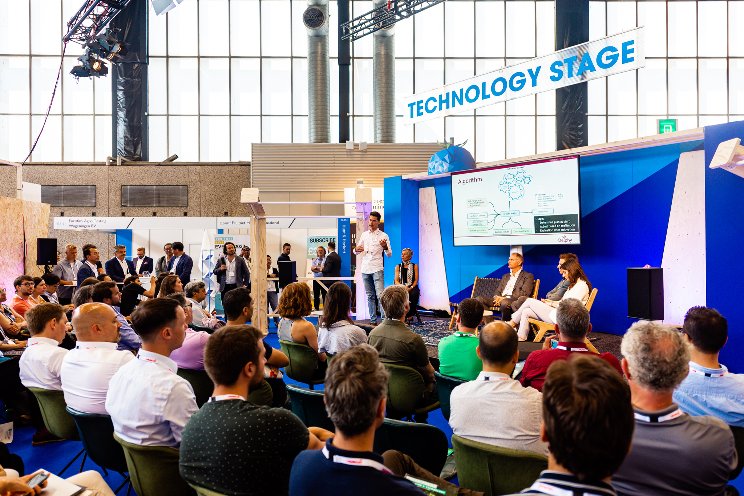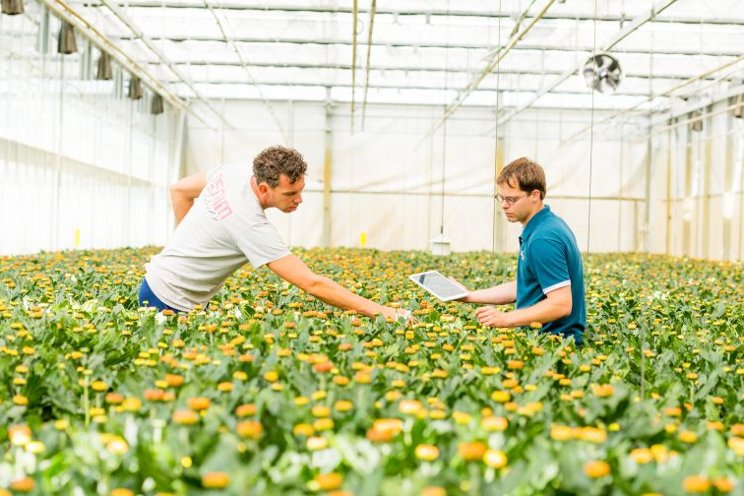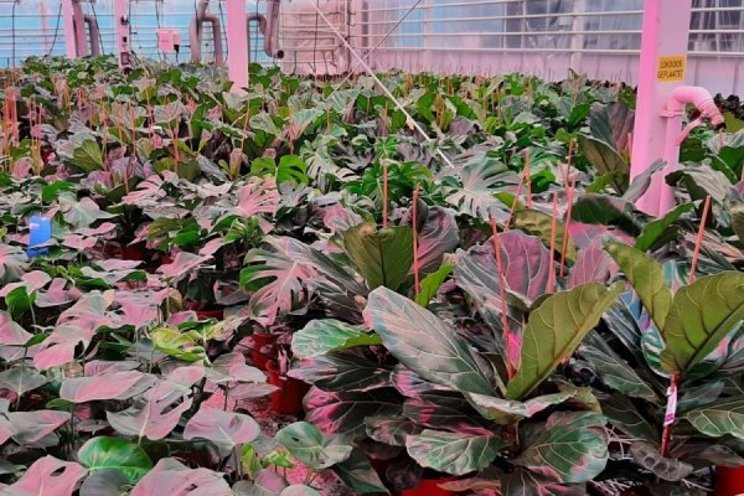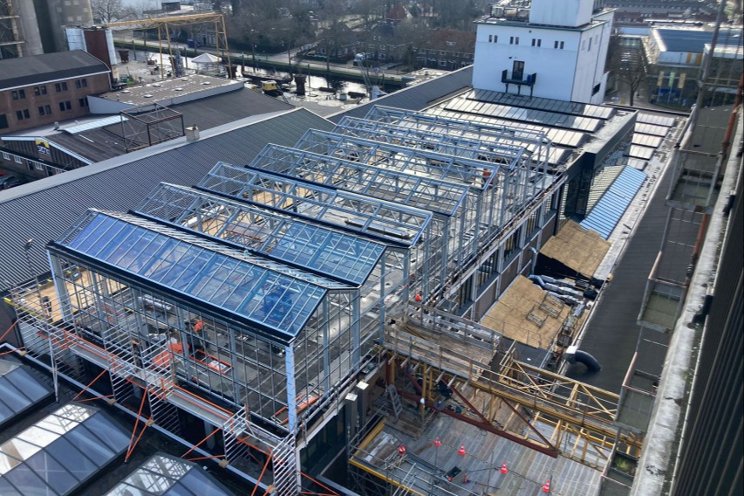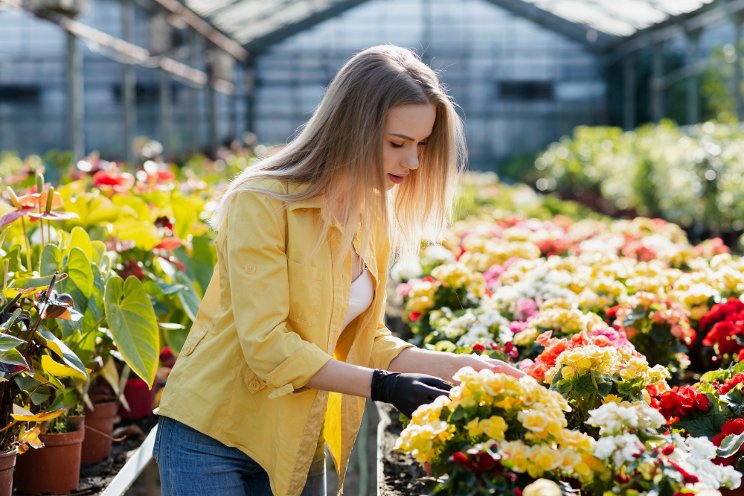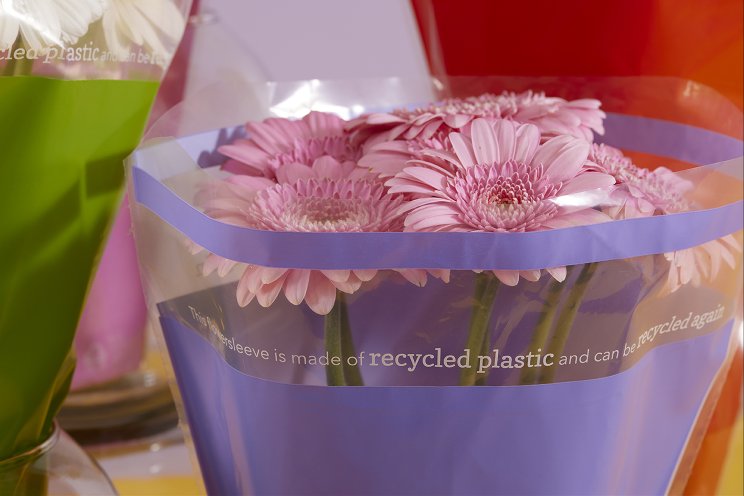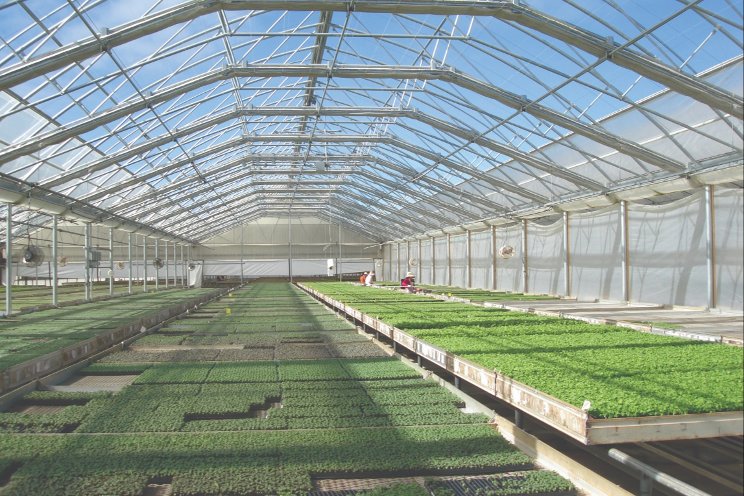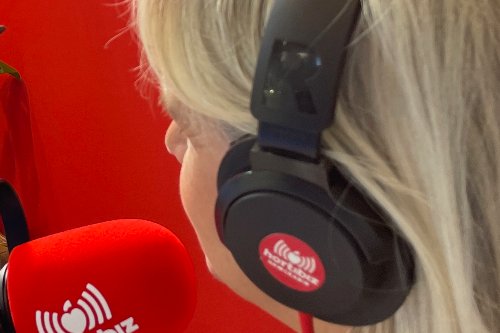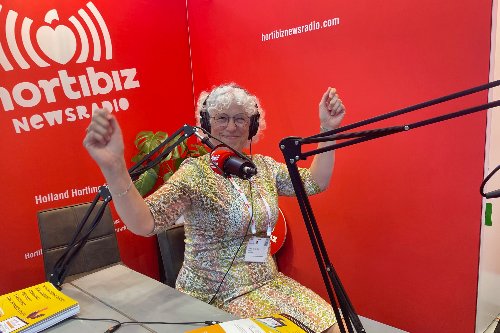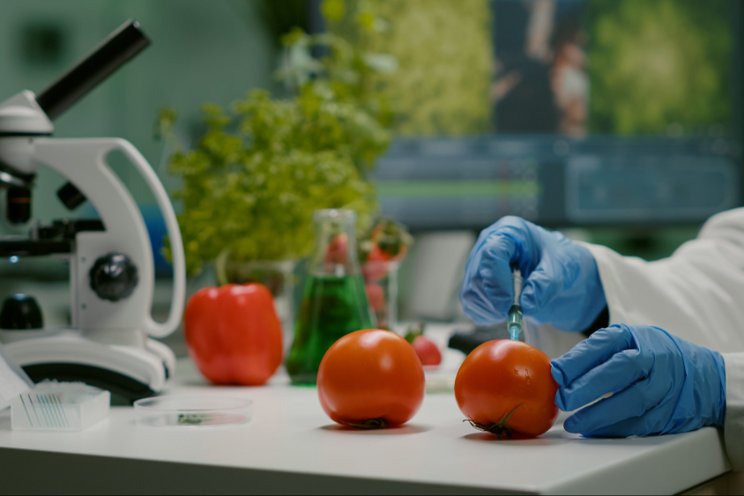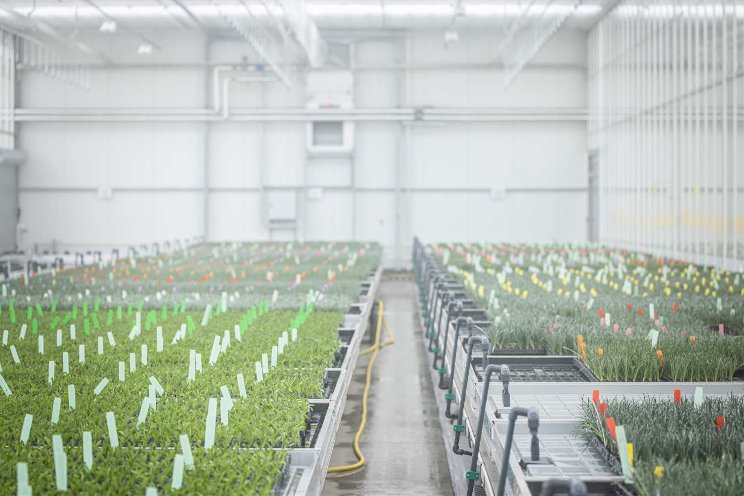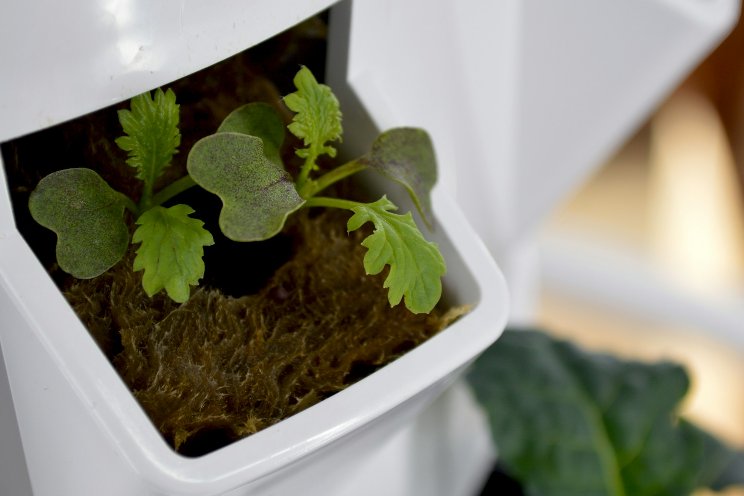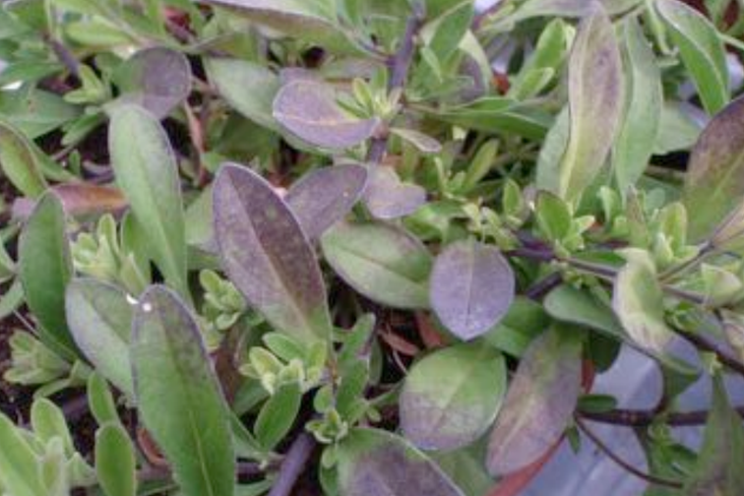Could energy crisis power a renewable future for CEA?
Added on 14 June 2022
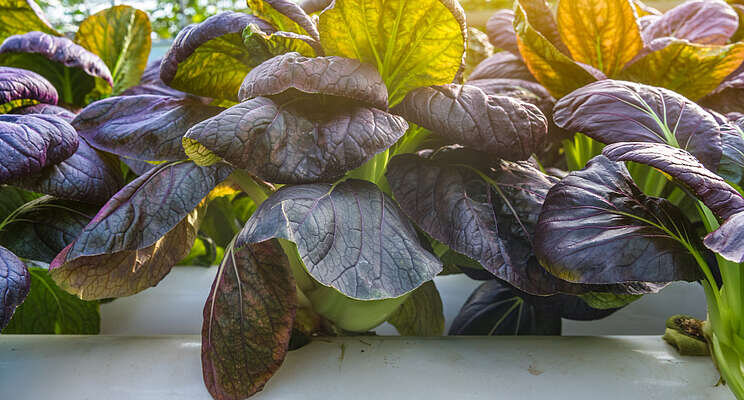
People and businesses across the UK and Europe have been watching in apprehension as energy prices continue to soar. These skyrocketing prices result from a perfect storm: rising demand from lifted Covid restrictions, reduced gas stores after a relatively windless summer, record increase in global gas prices, and the war in Ukraine. Reduced gas flow from Russia to the EU, which is as much as 50% reliant, could push prices up around the world; with the wide-reaching impacts felt by individuals and businesses alike.
This price instability has sent shock-waves through the CEA community, with a few even questioning its viability. But we don't think this is the end, far from it. While talking about the bright side of a crisis may seem crass, this could be the driving force for changes akin those seen after the 1970's twin oil shocks. "Necessity is the mother of invention", as they say, and we can see some incredible opportunities for positive change that won't just help our industry further thrive in the medium-term, but could help support the renewable energy transition too.
In this long-read, we'll explore the energy landscape we're working in and what the big opportunities for innovation are. After all, innovation is what the CEA industry does best! (If you're looking for advice on what to do on your existing farm during this crisis, please read "How can UK vertical farmers power through the energy crisis?")
Energy usage in CEA
The controlled environment agriculture (CEA) industry is highly sensitive to the price of energy, especially electricity and natural gas. CEA is a catch-all name for methods of growing crops indoors while controlling elements of the environment such as irrigation, temperature, humidity or light. The term includes greenhouses, polytunnels, plant factories, vertical farms and container farms.
Despite CEA's higher output of produce, and reduced resource, pesticide and land use, a common and understandable critique is that artificially controlling the climate and often replacing sunlight with LEDs requires a substantial amount of energy. Even when prices are stable, energy can be a large proportion of business expenditure. Could this crisis change CEA's main trade-off, improved productivity and reduced resource consumption for higher energy bills?
Photo created by fanjianhua - www.freepik.com
Source: Agritech Tomorrow
More news
